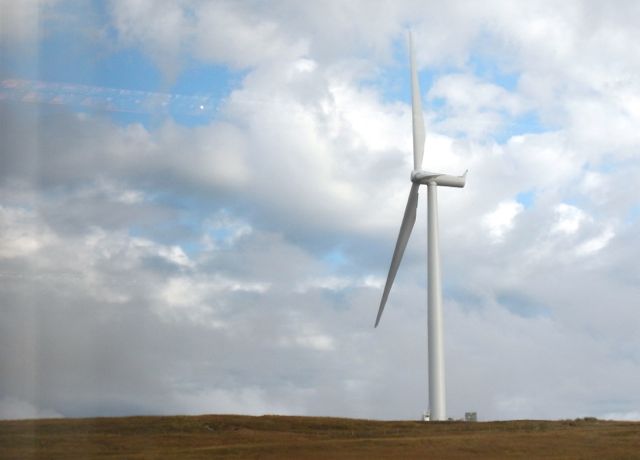 Energy engineering students from Galway-Mayo Institute of Technology, led by Dr. John Lohan, participated in a study tour to the Aurivo Dairy Ingredients Plant (ADIP) in Ballaghaderreen, Co. Roscommon. A meeting was held at the Northern & Western Regional Assembly where information about ADIP and renewable energy work in the region was discussed.
Energy engineering students from Galway-Mayo Institute of Technology, led by Dr. John Lohan, participated in a study tour to the Aurivo Dairy Ingredients Plant (ADIP) in Ballaghaderreen, Co. Roscommon. A meeting was held at the Northern & Western Regional Assembly where information about ADIP and renewable energy work in the region was discussed.

Marty Dervin, Energy Manager at ADIP, explained the background of the dairy ingredients plant and their energy management policy. Aurivo is the largest indigenous agricultural co-operative in the West of Ireland with business activities in consumer foods dairy products, dairy ingredients, retail stores, animal feeds and livestock trading. Aurivo Dairy Ingredients have a strong focus on energy management and are continuously performing energy reduction projects onsite.
One of the most significant projects undertaken to date is the installation of a large scale biomass boiler for the supply of thermal energy for the site. It was revealed that the site was consuming 8 million litres of heavy fuel oil (HFO) every year, and this was replaced with a 12MW biomass plant in May 2014. This provided an opportunity for a long-term, sustainable energy solution for Aurivos dairy ingredients business. The installation of the biomass boiler has delivered a 60% reduction in the greenhouse gas emissions for the site and is a major part of Aurivos commitment to their Origin Green programme.
Colin Donohue of Optien imparted some of his experiences as an energy engineer. Optien is focused on providing world class mentoring services to their clients to facilitate performance improvement within their organisations, and specialise in complex and energy intensive industries and leverage a data driven approach to facilitate performance improvement.
Pauline Leonard presented information on GREBE and other EU funded projects to the students, and outlined some of the opportunities available to them, whether through accessing EU funded research as part of their studies, or through innovation and entrepreneurship schemes funded by the EU.
















